Gardening is more than just a hobby; it’s an opportunity for families to bond, learn, and grow together.
Whether you’re a seasoned green thumb or just starting, these family-friendly garden tips will help you create a thriving garden space for everyone to enjoy.
From choosing the right plants to adding whimsical elements, we have curated essential tips to make your garden not only productive but also a source of endless joy and learning for parents, grandparents, and children alike.
1. Butterfly Haven
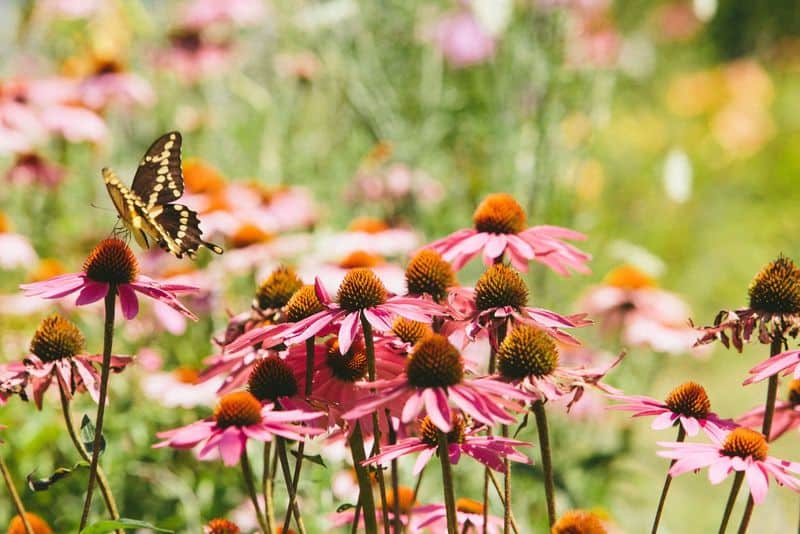
Creating a butterfly haven is a delightful way to bring life and color into your garden. Start by planting native flowering plants that attract butterflies, like milkweed and coneflowers.
Watching these gentle creatures flutter around is an enchanting experience for children.
Incorporate a small water feature or a shallow dish with stones for butterflies to rest and drink. Encourage kids to keep a butterfly journal, noting down different species they spot.
This garden project not only beautifies your space but also fosters a connection with nature.
2. Mini Vegetable Patch

Growing a mini vegetable patch is an exciting project for the whole family. Choose easy-to-grow vegetables like carrots, radishes, and lettuce, which are perfect for little hands to plant and harvest.
Creating a raised bed allows for better drainage and soil quality, making it easier for young gardeners to manage.
Kids will love watching their vegetables sprout and mature, turning every visit to the garden into an educational adventure. Plus, the taste of freshly picked produce might tempt even the pickiest eaters!
3. Fairy Garden

A fairy garden adds a touch of magic to any backyard. Use a shallow pot or a designated corner to build a miniature world with small plants, pebbles, and fairy figurines.
Encourage children to let their imaginations run wild as they design tiny landscapes and homes for their fairy friends.
This activity encourages creativity and storytelling, letting kids take on the role of garden architects. Watching their enchanted world grow will spark endless wonder and joy.
4. Sensory Plant Section
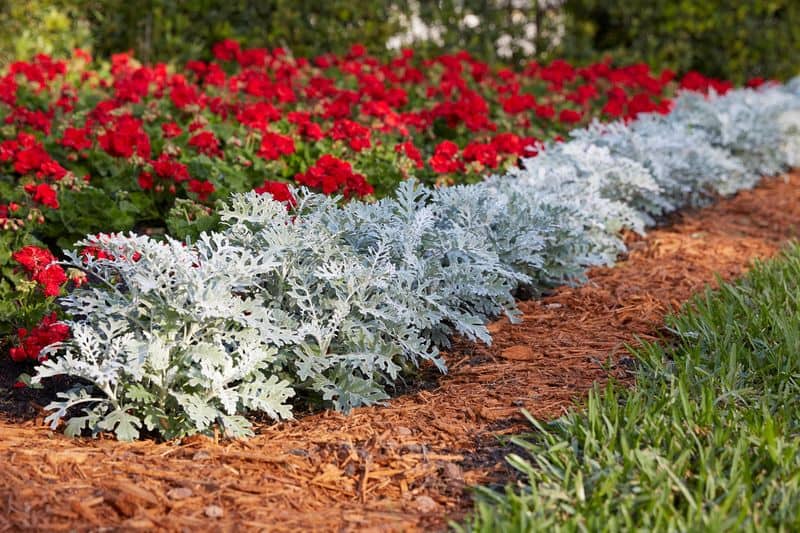
Designing a sensory plant section engages all the senses. Choose plants with interesting textures like lamb’s ear and velvety sage, along with fragrant herbs like lavender and mint.
This section allows children to explore different sensory experiences, from the soft touch of leaves to the delightful aroma of herbs.
It’s a wonderful way to teach them about the diversity of plant life while providing a calming and rewarding garden experience.
5. Bird-Friendly Oasis
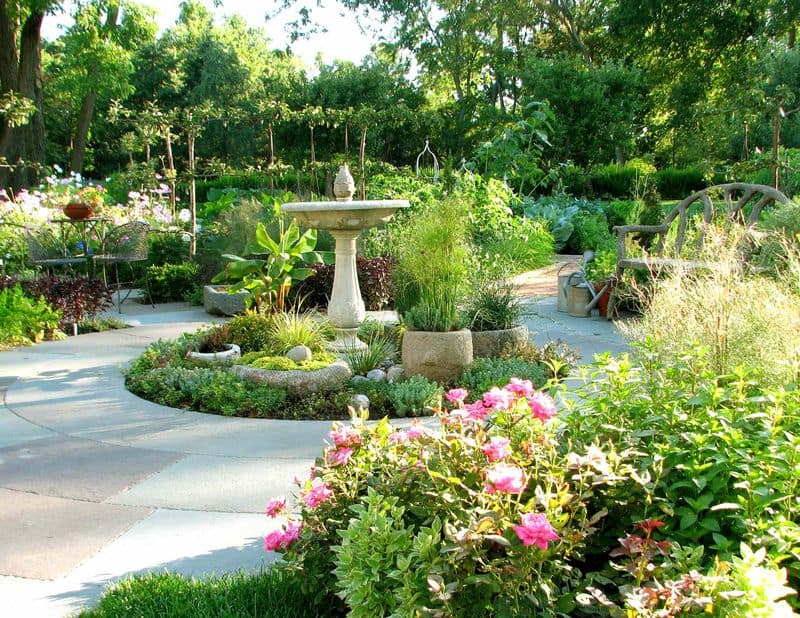
Transform your garden into a bird-friendly oasis by adding feeders, birdbaths, and native plants that provide food and shelter.
Watching colorful birds flit from branch to branch is a mesmerizing activity for all ages.
Create a birdwatching station with binoculars and guidebooks, making it a fun educational pursuit.
This garden feature supports local wildlife and offers endless entertainment as children learn to identify various bird species in their backyard sanctuary.
6. Compost Corner
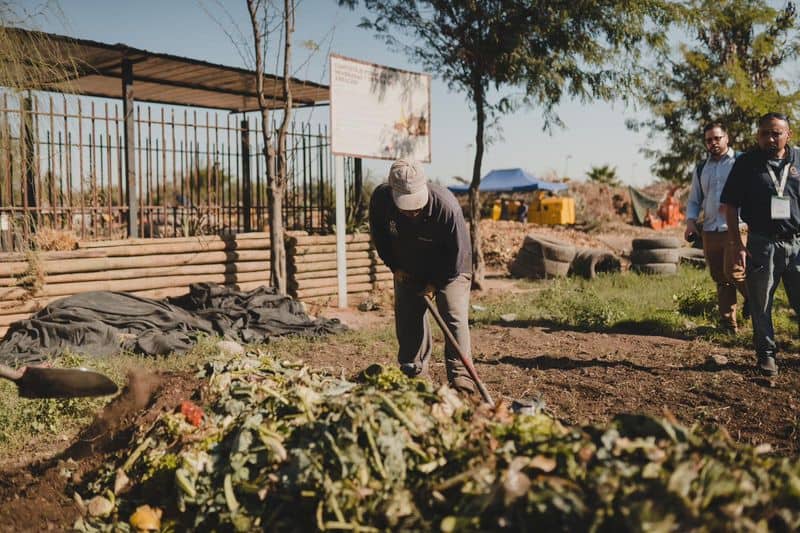
Introduce a compost corner to teach the importance of recycling organic waste. Set up a simple compost bin and involve the whole family in collecting kitchen scraps and garden waste.
Children will enjoy the process of watching waste transform into nutrient-rich soil over time. This not only reduces waste but also enriches your garden soil naturally.
It’s an excellent opportunity to educate on sustainability and the life cycle of plants.
7. Garden Games Area
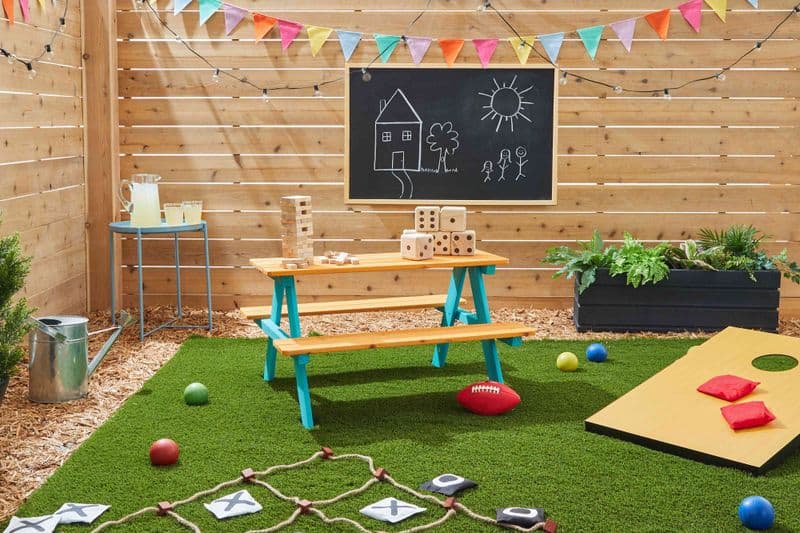
Reserve a section of your garden for games and fun. Lawn games like croquet, badminton, and frisbee make the garden a lively space for family gatherings.
Setting up a garden games area encourages outdoor play and exercise, offering a healthy way for children and adults to bond.
It’s an ideal way to break up the gardening tasks with some leisure and laughter, ensuring that your garden is a place for growth and joy alike.
8. Herb Spiral
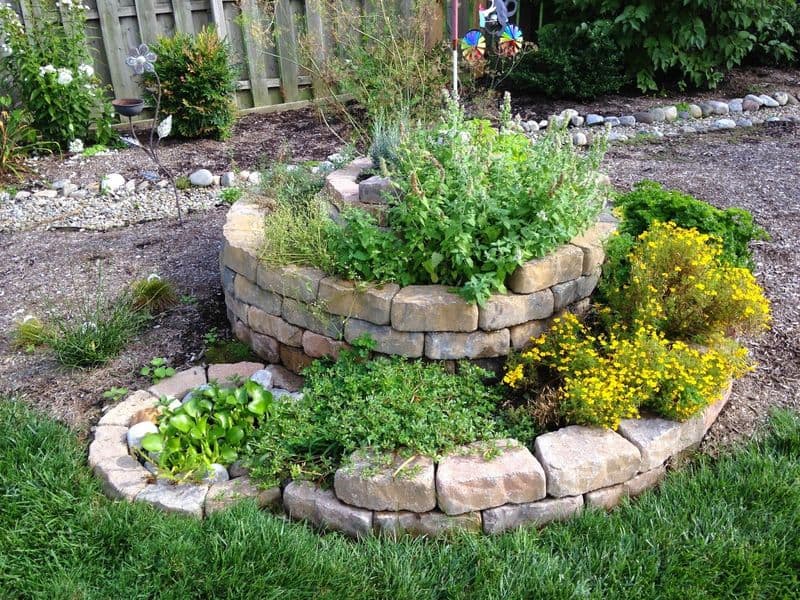
A herb spiral is a creative and space-efficient way to grow a variety of herbs. Constructed in a spiral shape, it provides different microclimates for various herbs to thrive.
Children can help plant and care for herbs like basil, rosemary, and thyme, learning about their uses in cooking and medicine.
This project promotes responsibility and curiosity, as kids enjoy snipping fresh herbs for family meals, enhancing the flavors of home-cooked dishes.
9. Wildflower Meadow
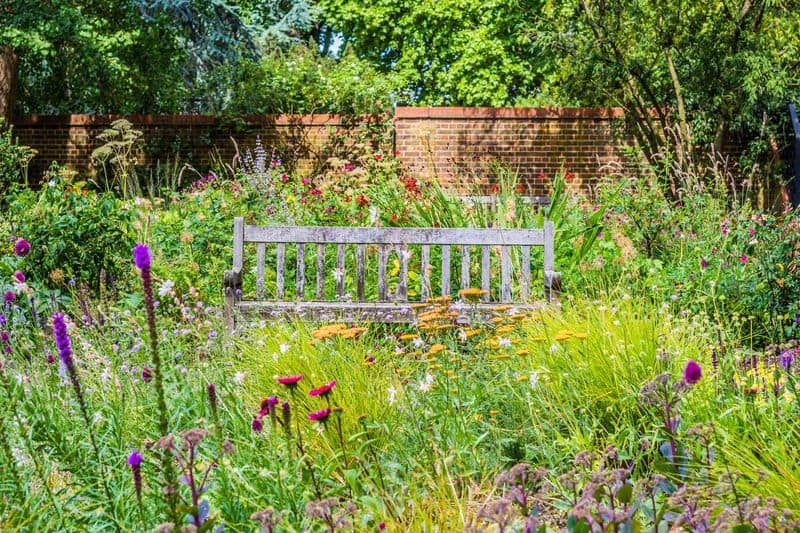
Planting a wildflower meadow brings a burst of color and biodiversity to your garden. Choose a mix of wildflowers that bloom at different times for a continuous display.
Kids will delight in the explosion of colors and the plethora of insects and birds it attracts. It’s a natural way to teach about ecosystems and the importance of pollinators.
Plus, it requires minimal maintenance, allowing more time to enjoy its beauty rather than tending to it.
10. Nocturnal Garden

Creating a nocturnal garden is a unique way to enjoy your garden after dark. Plant night-blooming flowers like moonflowers and evening primrose that release enticing scents at night.
Incorporate soft lighting to highlight these plants, making evening strolls magical.
This garden encourages families to appreciate nature’s night-time wonders, providing a different perspective and a tranquil atmosphere for unwinding after a busy day.

